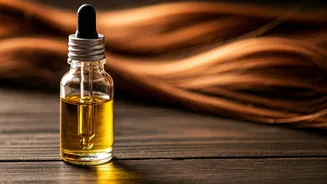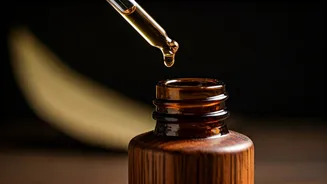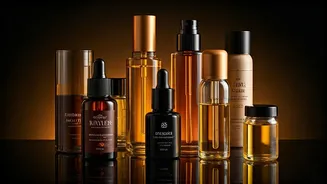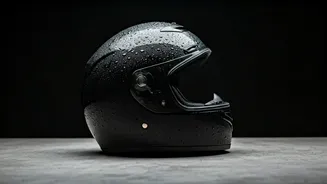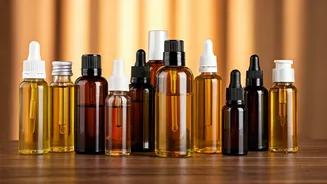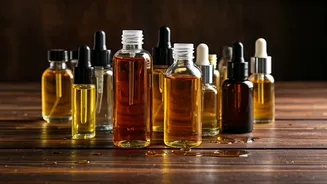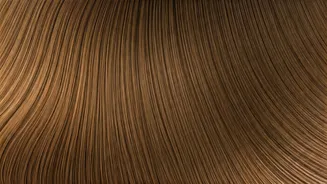Choosing the Wrong Oil
Selecting the right hair oil is crucial, as using the wrong one can lead to disappointing outcomes. For instance, individuals with fine hair should avoid
heavy oils like castor or coconut oil, which can weigh the hair down, making it appear flat and greasy. Instead, opt for lighter options such as jojoba or almond oil, which are easily absorbed. Conversely, those with coarse or dry hair may benefit from richer oils. Different hair types have varying needs. By understanding your hair type – whether it’s oily, dry, fine, or thick – and choosing oils accordingly, you can ensure that your hair receives the proper nourishment and hydration. This tailored approach will help you maximize the benefits and improve the overall health and appearance of your hair.
Applying Too Much Oil
Excessive oil application is a common pitfall. Many believe more oil equates to better results, but this approach can actually be counterproductive. Applying too much oil can lead to a greasy, heavy appearance and can also make it difficult to wash out thoroughly. The ideal amount of oil varies based on hair length, thickness, and porosity, but a few drops are often enough. Begin with a small quantity, and add more as needed. Focus on distributing the oil evenly, from roots to tips, to ensure comprehensive coverage. Regularly assess your hair's response to the oil, so that you can find the right balance, avoid product buildup, and achieve the desired results without weighing your hair down.
Massaging Too Aggressively
The way you massage your scalp during oiling matters more than you might realize. While a gentle massage can boost circulation and improve oil absorption, vigorous rubbing can be harmful. Aggressive massaging can weaken the hair follicles and cause breakage, especially if you have sensitive or fragile hair. Instead, use your fingertips to gently massage your scalp in circular motions. Focus on stimulating the scalp to encourage blood flow and distribute the oil evenly. This gentler approach helps nourish the hair roots and can contribute to overall hair health. This way, you will avoid unnecessary damage and optimize the benefits of the hair oiling process.
Leaving Oil Overnight
Leaving hair oil on overnight may seem like a good idea for deep conditioning, but it's not always ideal. While it can be beneficial, prolonged oil exposure can also lead to issues. For some, extended oil exposure might attract more dirt and impurities, especially if you're sleeping in a non-protected environment. Also, certain oils can cause irritation or scalp problems if left on for too long. If you choose to leave the oil overnight, make sure you use a small amount and protect your hair with a towel or a silk scarf to prevent your pillow from getting oily. Washing it off after a few hours is adequate for most individuals, providing ample time for the oil to penetrate the hair shaft and nourish your scalp.
Ignoring Scalp Issues
Failing to address scalp issues is another common mistake that can undermine the effectiveness of your hair oiling routine. Problems such as dandruff, dryness, or irritation should not be overlooked, as they can interfere with the oil's ability to penetrate the hair and nourish the scalp. Addressing the root cause of these issues is crucial for achieving optimal results. If you experience dandruff, use an anti-dandruff oil or shampoo. For dryness, opt for hydrating oils and ensure proper hydration. By incorporating these corrective measures into your hair care routine, you can create a healthier environment for hair growth and maximize the benefits of hair oiling. Ignoring scalp problems can limit the effectiveness of the treatment and may worsen the existing conditions.
